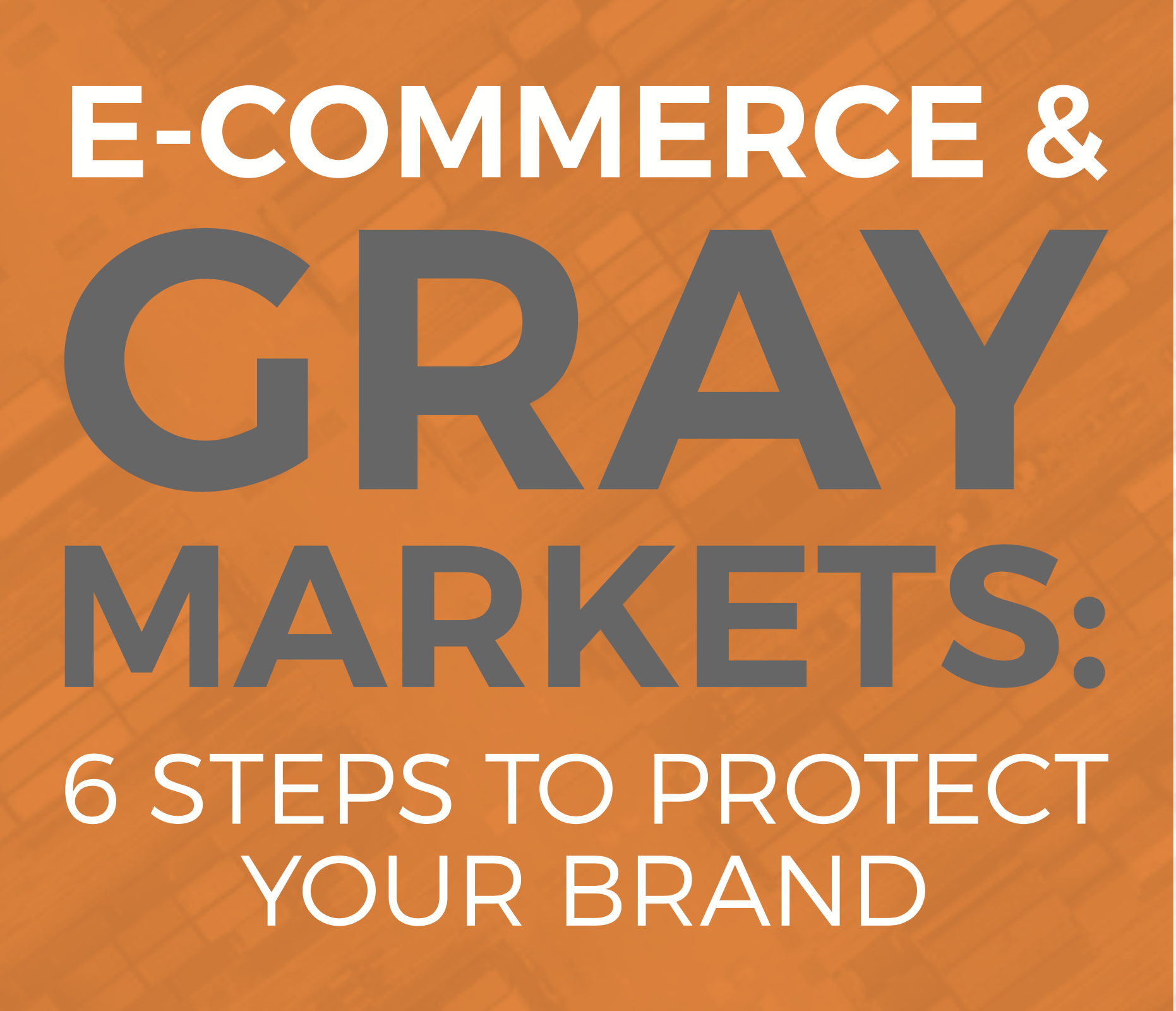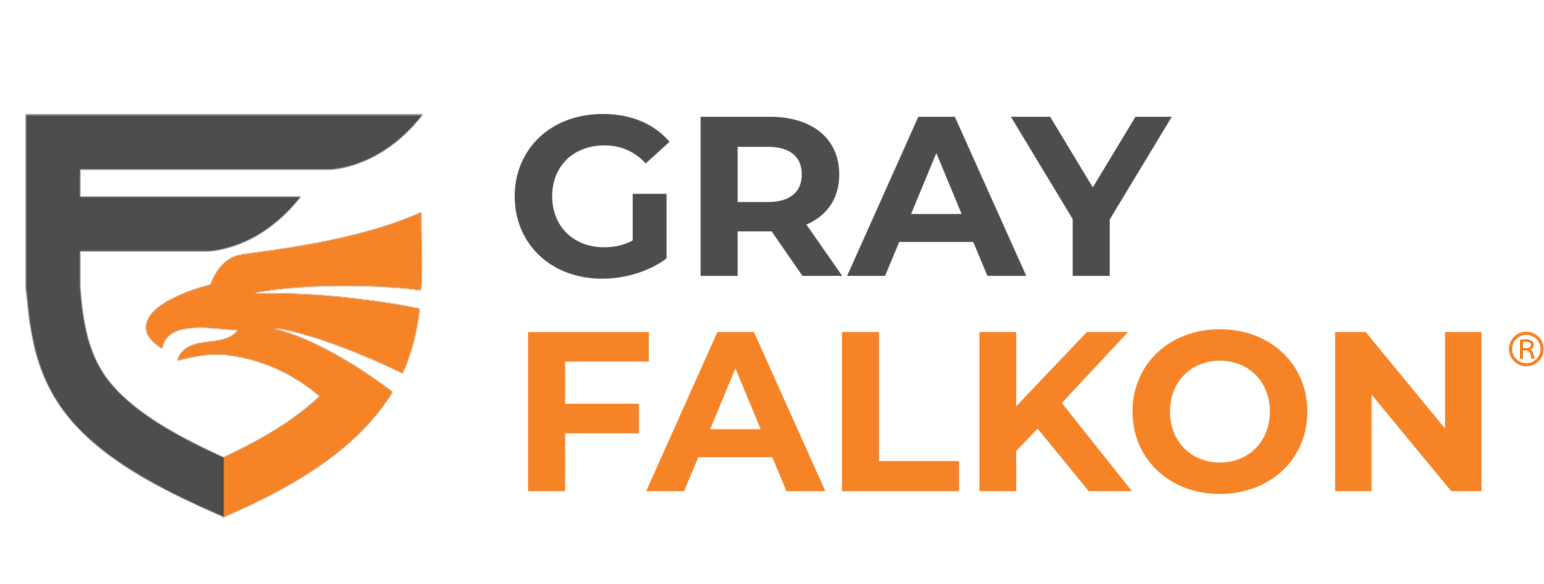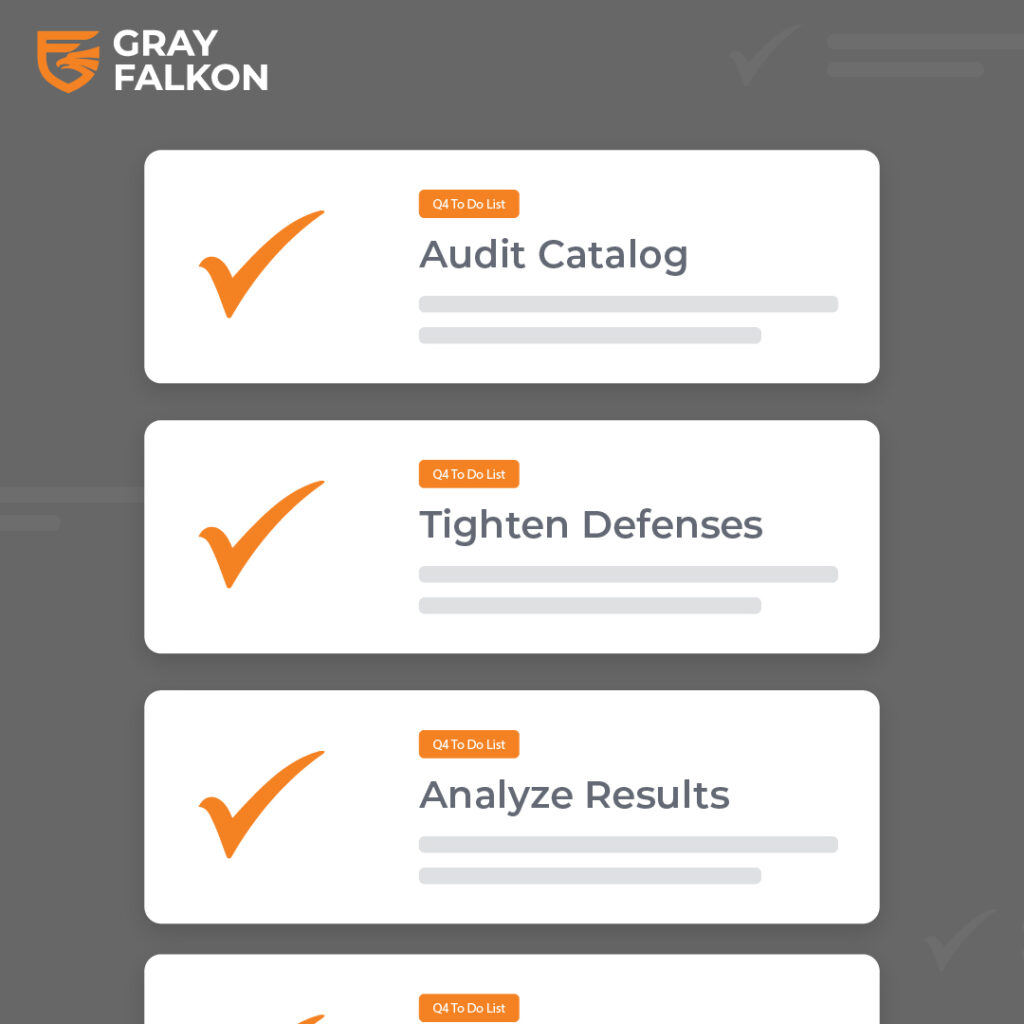
Not every threat to your brand on Amazon is loud, aggressive, or immediately obvious. Some are quiet, barely moving any units, never winning the Featured Offer (formerly Buy Box), and often staying under the radar of most internal teams. But make no mistake: these “silent” or low-volume sellers can still inflict real damage on your brand.
While many brands rightfully focus their protection efforts on high-volume violations or visible Featured Offer disruptions, the long tail of unauthorized activity can also cause persistent problems. These sellers, often remnants of liquidation, old partnerships, or obscure supply chain leaks, don’t need to sell hundreds of units to cause harm. A single rogue listing with outdated packaging, the wrong product variation, or misleading brand content can erode trust, distort your messaging, and confuse customers.
At Gray Falkon, we see this threat play out every day. Without the right monitoring in place, these sellers accumulate quietly, spreading across listings and creating a fragmented brand experience.
Who Are These “Silent” Sellers?
Some third-party resellers operating on Amazon don’t immediately stand out. They may not be winning the Featured Offer or racking up major sales, but they’re still listing your products, and that matters. These sellers often move small volumes, sometimes just a few units per month. They might be legacy resellers from old relationships, unauthorized retailers with leftover inventory, or anonymous accounts sourcing your products from gray market channels like liquidation, returns, or diverted wholesale.
What makes these sellers particularly tricky is their subtlety. They’re not the aggressive price cutters or blatant counterfeiters that brands usually track. Instead, they quietly list on your product pages, often flying under the radar. Many don’t violate Amazon’s policies in an overt way, so they’re not flagged by traditional compliance tools. But their presence dilutes your control, creates inconsistencies, and often represents a crack in your larger distribution or enforcement strategy.
Even worse, their presence can make it harder for authorized sellers to manage listings, maintain a premium brand perception, or control customer experience. If a customer buys from one of these sellers and receives a damaged box, an old version, or a slow shipment, it’s your brand that takes the hit, even if you didn’t authorize the sale.
How These Sellers Pose a Real Risk
At a glance, it might seem like silent sellers aren’t worth worrying about. They don’t generate high volumes, they may not undercut pricing significantly, and they often fly below performance radar. But make no mistake, they represent a real brand risk.
Brand Perception and Trust
Even a handful of silent sellers can create inconsistent product listings. They may use outdated images or inaccurate descriptions, and in some cases, ship expired or damaged goods. That inconsistency erodes consumer trust, leading to poor reviews and diminished brand equity. Customers don’t distinguish between authorized and unauthorized sellers, they just see your brand.
Featured Offer (Buy Box) Control
These sellers’ presence can interfere with your control over the Featured Offer. Even if these sellers aren’t winning it today, Amazon’s algorithm is constantly recalculating based on metrics like fulfillment method, shipping speed, and price. A sudden price dip or change in seller behavior can cause the Featured Offer to rotate to an unauthorized seller, potentially creating pricing chaos and eroding margins.
It’s Never Just One Seller
Silent sellers often indicate a broader issue: weak enforcement or open or loose distribution. If one can slip in quietly, others can too. A handful of low-profile listings can signal to larger gray market players that your brand isn’t actively monitoring its Amazon presence. What starts as one silent listing can quickly escalate to multiple sellers, price erosion, and Featured Offer instability.
Why These Sellers Are So Hard to Detect and Stop
Silent sellers are elusive, some intentionally, others unknowingly. They don’t announce their presence with dramatic price drops or Featured Offer takeovers. Instead, they blend into the marketplace, operating just below the threshold that triggers most brand protection alerts. While some may deliberately circumvent brand monitoring and controls, others believe they’re operating within Amazon’s policies. But regardless of intent, these unauthorized sellers often create the same problems: lost control over listings, inconsistent customer experiences, and brand erosion that’s difficult to track and stop.
On Amazon, seller identities are often opaque. Even when a seller’s name is visible, it may be vague, misleading, or tied to a shell account that offers no clear way to identify the business behind it. Many silent sellers rotate through accounts, use alternate contact information, or rely on dropshipping models that obscure the original inventory source. This makes it hard to determine if they’re violating your reseller policies or simply exploiting gray areas in Amazon’s open marketplace structure.
They also tend to avoid violating major platform policies outright, which limits the options for enforcement through traditional marketplace channels. Amazon’s enforcement mechanisms are largely reactive, designed to address blatant issues like counterfeits or IP violations, not the quiet erosion caused by unauthorized, technically compliant sellers.
And if you’re using first-party tools like Brand Registry or Project Zero, they offer little support when the issue isn’t rooted in trademarks or counterfeit claims. That’s why silent sellers often stay active for extended periods, there’s no straightforward rule they’re breaking.
These challenges make it clear: spotting and stopping silent sellers requires more than traditional brand protection; it demands a strategy that’s proactive, data-driven, and precise.
How Gray Falkon Identifies and Eliminates Silent Sellers
Although silent sellers may be less of a priority on some brands’ brand protection totem pole, they are still unauthorized sellers, and they are still causing damage to your brand. Silent sellers are especially dangerous because they’re not disruptive enough to trip the usual alarms. But that doesn’t mean they’re harmless or invisible. Gray Falkon is designed to uncover these subtle threats and respond against them systematically, using technology built for today’s evolving and ever-expanding marketplace.
Here’s how we help brands uncover and address this hidden layer of unauthorized activity:
Catalog-Wide Monitoring to Catch What Others Miss
Unlike other monitoring tools that focus only on high-volume listings or Featured Offer fluctuations, Gray Falkon has the ability to monitor every ASIN in your catalog. Silent sellers can often target lower-volume products that still carry significant brand value. Because they avoid obvious behavior like price undercutting or aggressive offer rotations, they’re easy to miss with manual audits or standard monitoring tools. By continuously scanning all listings, not just the top performers, Gray Falkon ensures that unauthorized sellers don’t slip through the cracks just because they’re quiet.
Pattern Detection and Seller Behavior Analysis
Silent sellers often fly under the radar, but they leave a trail. Gray Falkon’s AI tracks behavior across products, marketplaces and regions, detecting connections that humans simply can’t catch. Our solution identifies when a seller reappears under a different name, uses similar strategies, or mirrors activity seen in past violations. Even if a seller avoids the Featured Offer, our solution detects suspicious listing patterns, recurring inventory movement, or pricing anomalies that suggest unauthorized activity. This allows brands to act not just on individual listings, but on seller intent.
Prioritized, Scalable Enforcement
Silent sellers may not be loud, but their long-term impact can be serious. That’s why Gray Falkon doesn’t just detect them, our AI-powered solution takes action. Once a violator is identified, our platform prepares and submits structured, marketplace-compliant violation reports automatically. This approach encourages fast and consistent enforcement from the marketplace without requiring time-consuming manual work from your team.
Marketplace Brand Protection Portal
With silent sellers, visibility is everything. That’s why Gray Falkon provides Full Deployment clients with access to our Marketplace Brand Protection Portal, a dashboard suite that turns detection into decision-making. Key dashboards include:
- Overview Dashboard: A high-level snapshot of your brand protection efforts across marketplaces and regions, including metrics on eliminated sellers, removed listings, and suppressed sales volumes.
- Products Dashboard: See which ASINs are most affected, how many unauthorized sellers have targeted them, and when.
- Sellers Dashboard: Monitor seller behavior over time, including repeat appearances and shifting inventory strategies.
- Test Buys Dashboard: Surface real-world evidence of silent seller behavior through purchases that reveal quality issues, misrepresentation, or authenticity concerns.
- Top KPIs: Get at-a-glance updates on key brand protection metrics across Amazon and Walmart.
Our solution ensures that even the quietest threats are understood, addressed, and prevented from becoming larger disruptions down the line.
Silent Doesn’t Mean Harmless
In the world of Amazon brand protection, the biggest threats aren’t always the loudest. Silent sellers, those who operate subtly, often under the radar, can erode your brand’s presence, siphon revenue, and muddy the customer experience without drawing immediate attention. And because they often believe they’re not doing anything wrong, they’re harder to detect and even harder to stop, unless you have the right tools in place.
At Gray Falkon, we help brands see what others miss. Our AI-powered and automation-driven system is designed to surface and take action against these subtle threats before they turn into larger problems, offering brands the control they need to scale with confidence. Schedule a demo today and start protecting your brand from threats, quiet and loud.






